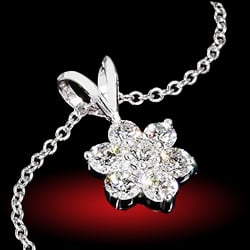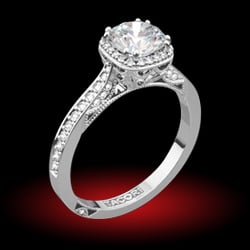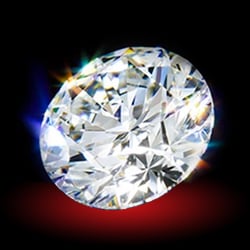- Joined
- Feb 22, 2014
- Messages
- 4,522
I got to thinking about *colorless* diamond grading. Somehow it doesn’t make sense to me that there are 3 different color grades that are considered colorless. A diamond grade of D is colorless so anything below that, E-F would fall into a near colorless grade wouldn’t it? How can there be multiple grades of colorless? I’m I getting caught up in semantics? Somebody please explain this to me.







300x240.png)